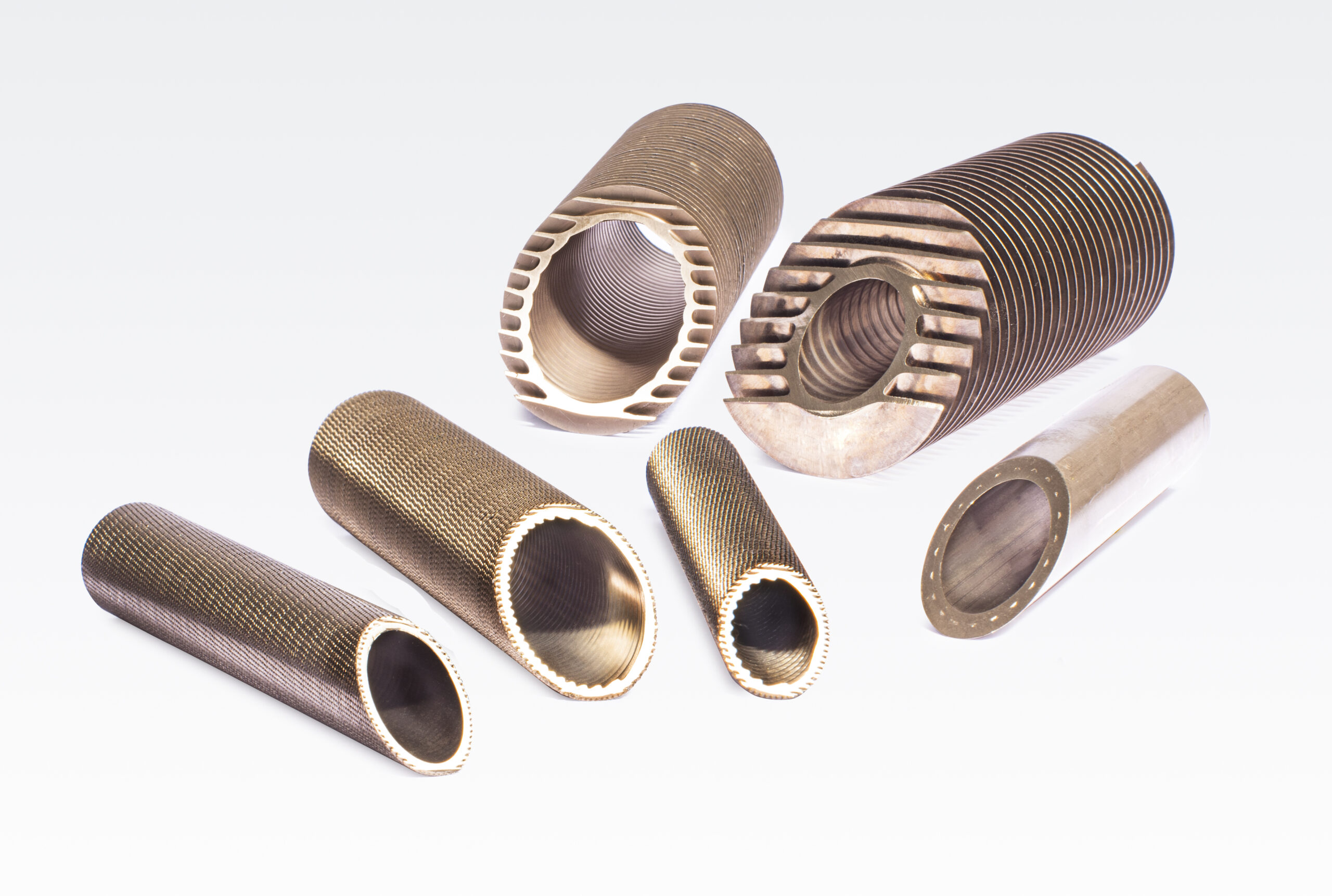Copper-nickel alloys
Copper-nickel alloys are alloys of copper (base metal with the largest single content) and nickel with or without other elements, but in any case the zinc content must not exceed 1 %. If other elements are present, nickel has the largest single content after copper compared to any other element.
As with other copper materials, a distinction must be made between wrought alloys, which are processed into semi-finished products, and cast alloys, from which castings are produced by various casting processes. In addition to 8.5 to 45 % Ni, the common alloys usually contain manganese, iron a nd tin to improve certain properties; the cast alloys also mainly contain additives of niobium and silicon.
Copper-nickel alloys have interesting physical properties, good strength characteristics – even under continuous stress and elevated temperatures – as well as high corrosion resistance to many media – especially seawater. The properties of the binary copper-nickel alloys are not yet sufficient for some applications. Some additives decisively improve certain properties of the copper-nickel alloys. Of the additional alloying elements, manganese, iron and tin in particular, as well as niobium and silicon, also chromium, beryllium and aluminium are technically significant. At low temperatures, copper-nickel alloys, like other copper materials, have excellent strength properties: tensile strength increases as the temperature drops, without any noticeable reduction in elongation at break or necking. These alloys therefore show no embrittlement at low temperatures. Therefore, they are very well suited for applications in cryogenics as well as for other low-temperature applications in marine and off-shore technology or in liquefied natural gas (LNG) technology and plants.

Learn more about copper-nickel applications in the following brochures:
Are you looking for a different content?